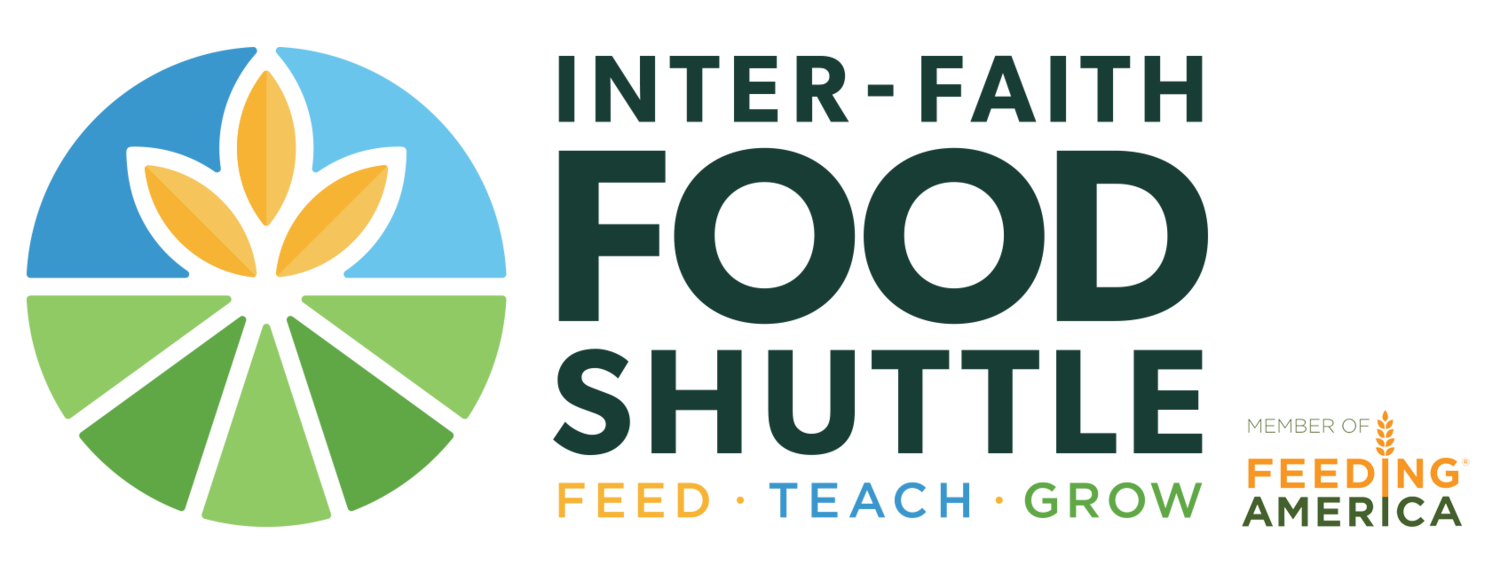GREATER TRIANGLE FACES 15 PERCENTILE FOR FOOD INSECURITY
FOR IMMEDIATE RELEASE
Mar 24, 2011
Inter-Faith Food Shuttle and Feeding America, the nation’s largest domestic hunger-relief organization, today released a landmark study, “Map the Meal Gap,” providing the first detailed look at the food budget needed by families struggling with hunger here in the Greater Triangle Area each year – an estimated $687,208,350.
“Tonight there are nearly a quarter of a million people facing food hardship in the Triangle,” said co-Founder and Executive Director Jill Staton Bullard. “Nearly 16% of our neighbors may be hungry. Income and access to healthy food are the barriers for families desperate to bring home healthy nutritious meals.”
The study takes a look at ‘meals’ in a whole new way, using county-level data on food costs from The Nielsen Company to break down the food budget shortfall of our residents into an approximation of the meals missing from the tables of people at risk of hunger in the Triangle each year.
“Map the Meal Gap” showed thatthe average cost of a meal in the Triangle is close to the National average cost of a meal $2.54 and that food insecurity remains a major problem in North Carolina,” said Bullard.
Map the Meal Gap provides the following data for the Greater Triangle in the United States in an interactive map format:
- 15.8% of the Triangle population is food insecure: 27.6% Edgecombe County, 20.7%, Nash County, 17% Johnston County, 16.7% Durham county, 14.7 % Orange county, 14.5% Chatham, and 14.3% Wake County .
- 65% of the food insecure population in the Triangle qualify based on income for SNAP (Foods Stamps) and other federal nutrition programs.
- 35% of the food insecure population in the Triangle do NOT qualify for federal nutrition programs and often rely on charitable food assistance programs.
- They need better wages and employment opportunities to help them meet their basic needs.
- The average price per meal is $2.49, based on new research by The Nielsen Company.
“The interactive map will, for the first time, allow policy makers, state agencies, corporate partners and individual advocates to look at the same data in order to develop integrated strategies to fight hunger on a community by community level,” concluded Bullard.
The findings of “Map the Meal Gap” are based on statistics collected by the U.S. Department of Agriculture, U.S. Census Bureau, and food price data from The Nielsen Company. The study was supported by The Howard G. Buffett Foundation and Nielsen.
ABOUT INTER-FAITH FOOD SHUTTLE
The Inter-Faith Food Shuttle has been increasing access to healthy, fresh produce for low-income community members for 21 years. Inter-Faith Food Shuttle pioneers innovative, transformative solutions designed to end hunger in our community. Inter-Faith Food Shuttle has partnered with Share Our Strength to run Cooking Matters classes in the Triangle since 2008. Inter-Faith Food Shuttle is a non-traditional Food Bank of Feeding America and an United Way Agency of Excellence. For more information visit www.foodshuttle.org.
ABOUT FEEDING AMERICA
Feeding America provides low-income individuals and families with the fuel to survive and even thrive. As the nation's leading domestic hunger-relief charity, our network members supply food to 37 million Americans each year, including nearly 14 million children and 3 million seniors. Serving the entire United States, more than 200 member food banks support 61,000 agencies that address hunger in all of its forms. For more information on how you can fight hunger in your community and across the country, visit http://www.feedingamerica.org. Find us on Facebook at facebook.com/FeedingAmerica or follow our news on Twitter at twitter.com/FeedingAmerica.
